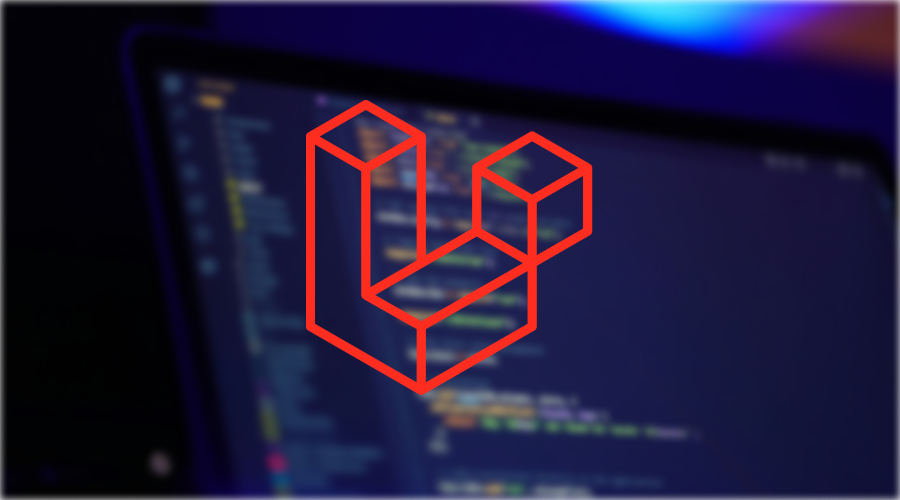A reliable and efficient framework is essential for creating powerful, scalable, and feature-rich applications. Laravel has emerged as one of the most popular PHP frameworks, known for its robust features, elegant syntax, and developer-friendly tools. In this comprehensive guide, we will delve into the world of Laravel software development, exploring its key features, benefits, best practices, and how businesses can leverage Laravel to build cutting-edge web applications.
Introduction to Laravel Software Development
Laravel is an open-source PHP framework that has gained widespread popularity among developers for its simplicity, flexibility, and rich set of features. Developed by Taylor Otwell, Laravel offers a clean and expressive syntax, along with a range of built-in functionalities that simplify common web development tasks. From building dynamic websites to complex enterprise applications, Laravel provides developers with the tools they need to create scalable, secure, and high-performing applications.
Key Features of Laravel
1. MVC Architecture: Laravel follows the Model-View-Controller (MVC) architectural pattern, which separates the application logic, presentation layer, and data manipulation into distinct components. This promotes code organisation, scalability, and maintainability, making it easier for developers to work on different parts of the application.
2. Eloquent ORM: Laravel’s Eloquent Object-Relational Mapping (ORM) simplifies database interactions by providing a fluent interface for working with database tables and records. Eloquent makes it easy to define database relationships, perform CRUD operations, and query data using expressive syntax.
3. Blade Templating Engine: Laravel’s Blade templating engine offers a powerful yet simple way to define reusable layout structures, partials, and components in views. Blade provides features like template inheritance, control structures, and data rendering, enabling developers to create dynamic and engaging user interfaces.
4. Artisan Console: Laravel’s Artisan command-line tool automates common development tasks, such as creating controllers, models, migrations, and database seeding. Developers can use Artisan to generate code scaffolding, run migrations, clear caches, and perform other administrative tasks with ease.
5. Security Features: Laravel prioritises security and includes built-in features like CSRF protection, input validation, authentication, and authorization mechanisms. Laravel’s authentication system provides ready-to-use user registration, login, and password reset functionality, simplifying the implementation of secure user access controls.
Benefits of Laravel Software Development
1. Rapid Development: Laravel’s extensive set of features, pre-built components, and intuitive syntax enable developers to build web applications quickly and efficiently. Laravel’s scaffolding tools, templates, and libraries help streamline the development process and reduce time-to-market.
2. Scalability: Laravel’s modular architecture and support for scalability features like caching, queueing, and database sharding make it well-suited for building applications that can handle increasing user loads and data volumes. Laravel’s flexible architecture allows for easy expansion and modification as the application grows.
3. Community Support: Laravel has a vibrant and active community of developers who contribute to the framework through tutorials, documentation, packages, and forums. The Laravel community provides support, resources, and updates that help developers stay current with best practices and industry trends.
4. Testing and Debugging: Laravel includes robust testing tools and features that make it easy to write unit tests, integration tests, and end-to-end tests for applications. Laravel’s integrated testing suite, PHPUnit integration, and convenient testing helpers simplify the testing process and ensure code quality and reliability.
5. Continuous Updates: Laravel is continuously evolving, with regular updates, releases, and feature enhancements that improve performance, security, and usability. Laravel’s commitment to innovation and improvement ensures that developers have access to the latest tools and technologies for building cutting-edge applications.
Best Practices for Laravel Software Development
1. Follow MVC Architecture: Adhere to Laravel’s MVC architectural pattern by separating business logic, presentation, and data layers to ensure a clean and maintainable codebase.
2. Optimise Database Queries: Use Laravel’s Eloquent ORM to write efficient database queries, optimise database interactions, and prevent performance bottlenecks.
3. Implement Caching: Leverage Laravel’s caching mechanisms, such as file caching, database caching, and Redis caching, to improve application performance and reduce server load.
4. Secure Authentication: Implement Laravel’s authentication system, input validation, CSRF protection, and authorization mechanisms to ensure secure user access and protect sensitive data.
5. Utilise Packages and Libraries: Take advantage of Laravel’s ecosystem of packages, libraries, and extensions to extend functionality, enhance features, and simplify complex development tasks.
In conclusion, Laravel software development offers businesses a powerful and versatile framework for building modern web applications that are scalable, secure, and user-friendly. By leveraging Laravel’s key features, benefits, and best practices, developers can create high-quality applications that meet the demands of today’s digital landscape. With its robust architecture, rich set of tools, and active community support, Laravel continues to be a top choice for businesses looking to embark on successful web development projects and realise their digital ambitions.
Are you ready to harness the power of Laravel for your next web development project? Our team of experienced Laravel developers is here to help. Contact us today!

